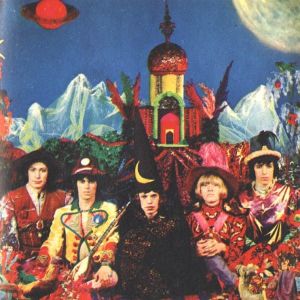Advertisement
Help Keep Boards Alive. Support us by going ad free today. See here: https://subscriptions.boards.ie/.
If we do not hit our goal we will be forced to close the site.
Current status: https://keepboardsalive.com/
Annual subs are best for most impact. If you are still undecided on going Ad Free - you can also donate using the Paypal Donate option. All contribution helps. Thank you.
If we do not hit our goal we will be forced to close the site.
Current status: https://keepboardsalive.com/
Annual subs are best for most impact. If you are still undecided on going Ad Free - you can also donate using the Paypal Donate option. All contribution helps. Thank you.
https://www.boards.ie/group/1878-subscribers-forum
Private Group for paid up members of Boards.ie. Join the club.
Private Group for paid up members of Boards.ie. Join the club.
Even Historians like Christmas - but what are Irish Traditions.
-
16-12-2010 11:12PM#1
Comments
-
-
-
-
-
-
Advertisement
-
-
-
-
-
-
Advertisement
-
-
-
-
-
-
-
-
-
-
-
Advertisement
-
-
-
-
-
-
-
-
-
-
Advertisement
-
Advertisement


 Another Viking tradition was the Yulelog, a large oak log decorated with sprigs of fir, holly or yew. They carved runes on it, asking the Gods to protect them from misfortune. A piece of the log was saved to protect the home during the coming year and light next year's fire. Today, most know the Yulelog as a cake or cheese log rolled in nuts.
Another Viking tradition was the Yulelog, a large oak log decorated with sprigs of fir, holly or yew. They carved runes on it, asking the Gods to protect them from misfortune. A piece of the log was saved to protect the home during the coming year and light next year's fire. Today, most know the Yulelog as a cake or cheese log rolled in nuts. 

 The Yule Goat, (Swedish julbock, Finnish joulupukki, Norwegian julebukk) is one of the oldest Scandinavian Christmas symbols. Its origin is the legend about the Thundergod Thor who rode in the sky in a wagon pulled by two goats. An old custom was for young people to dress up in goat skins and go from house to house and sing and perform simple plays. They were rewarded with food and drink. The Yule Goat at one time also brought Yule gifts. This character was later replaced with "jultomten" (Santa Claus).
The Yule Goat, (Swedish julbock, Finnish joulupukki, Norwegian julebukk) is one of the oldest Scandinavian Christmas symbols. Its origin is the legend about the Thundergod Thor who rode in the sky in a wagon pulled by two goats. An old custom was for young people to dress up in goat skins and go from house to house and sing and perform simple plays. They were rewarded with food and drink. The Yule Goat at one time also brought Yule gifts. This character was later replaced with "jultomten" (Santa Claus).
 https://www.youtube.com/watch?v=oJoXCwkPVi8
https://www.youtube.com/watch?v=oJoXCwkPVi8


